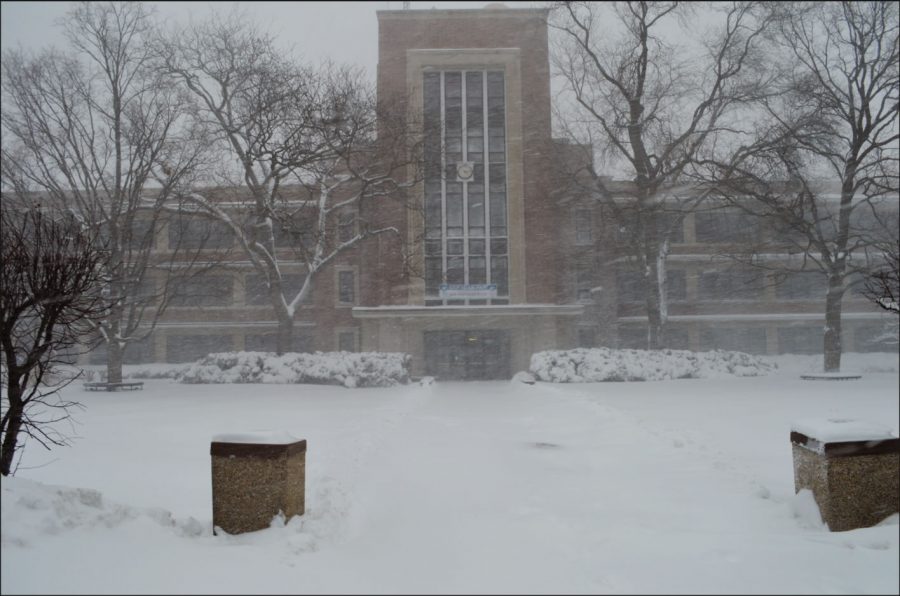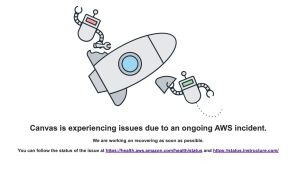When the weather is bad, students are “SAD”
Seasonal affective disorder remains as a threat to mental health for students in the winter
March 6, 2017
In the midst of the dark and gloomy winters of Chicago, many students and teachers find that third quarter is the hardest time of the school year, though some have a tough time identifying why.
There are many factors that contribute to this “never-ending marathon” that is winter, according to junior Marissa Greif.
Greif said, “I honestly am just sad during winter. Christmas has passed, I have nothing to look forward to. It’s three months until spring break, and everyone is irritable and ready for the weather to get nicer.”
Senior Sam Lefkofsky agrees, finding it harder to focus during the months of winter, saying that the minimal daylight hours play a factor in a student’s mindset during this time of year.
“I went to Alaska in the summer and it would be light until very late at night. It seemed that everyone was so positive and stayed out later because there was constant daylight,” Lefkofsky said.
Lori Buckenberger, a Clinical Psychologist based in Evanston said, “The worst time of year is from November through April because of the time change. It is darker when we get up, and darker after school. The reduced amount of light causes seasonal affective disorder.”
Seasonal affective disorder, also known as SAD, is described as depression due to lack of sunlight. “SAD begins and ends at about the same times every year. The symptoms of SAD are closely related to those of clinical depression,” Buckenberger explained.
She also added that the only distinction between SAD and clinical depression is that patients with SAD usually feel this way during the short, dark days of winter.
According to the American Psychological Association, symptoms of SAD include fatigue, loss of interest, sleep difficulty, weight gain and hopelessness or despair.
In addition, Norman Rosenthal, clinical professor of psychiatry at Georgetown University School of Medicine, wrote a blogpost about SAD on his website, stating that six percent of the U.S. population is affected by seasonal affective disorder.
Though not everyone sees a correlation between student’s moods and the weather. Jude Eliacin, a Winnetka campus social worker, says that he doesn’t see more or less students according to the time of year.
“What happens is when big deadlines are around the corner, that’s when we see an influx of kids.”
Eliacin continued to add that the new calendar and lack of days off this year could take a toll on students and staff. “We’ll see how many mental health days people will take,” Eliacin said.
Similarly, English teacher Ariell Bachman, believes it’s hard to say lack of motivation can be specifically blamed on winter.
“Two of the three classes I teach are seniors, and by this time of year they are second semester seniors, so that’s their own type of motivation issue,” Bachman said.
Even though Bachman feels that winter may not be the ultimate scapegoat for student behavior and motivation third quarter, she did draw a connection to SAD.
“I think the short days are a factor and can definitely influence people’s moods,” Bachman said. “Especially in school, where looking through a window may be the only exposure to the sun we receive.”
Winter hits everyone hard, not just students. A science teacher at Winnetka is convinced that she has seasonal affective disorder. “During the winter, I feel like I have no energy. I love being outside; I’m a total outdoorsy person and I don’t feel physically fit or active during the winter.” the teacher said.
KW teacher and head baseball coach, Mike Napoleon, shares this feeling on the necessity of staying fit and being active, despite the discouraging darkness and cold of winter, “I need to stay active during the winter, or else it’s extremely easy for me to just grab the Chips Ahoy and sit around watching TV all day,” Napolean said.
If you feel like you may have symptoms of SAD or feel significantly less positive and motivated during the winter, Eliacin believes you should talk to someone. Even if your emotions aren’t linked to the weather, it’s important to address it.
At New Trier, you can schedule a meeting with a social worker in room 215, or you can check out Erika’s Lighthouse, which is run by science teacher at Winnetka Daniel Daly every Wednesday in room 109.
Either way, if you’re feeling like you have the winter blues, SAD or not, and it’s affecting your life, remember that spring is just around the corner and even in Chicago, there’s blue skies and sunny days coming soon.













































